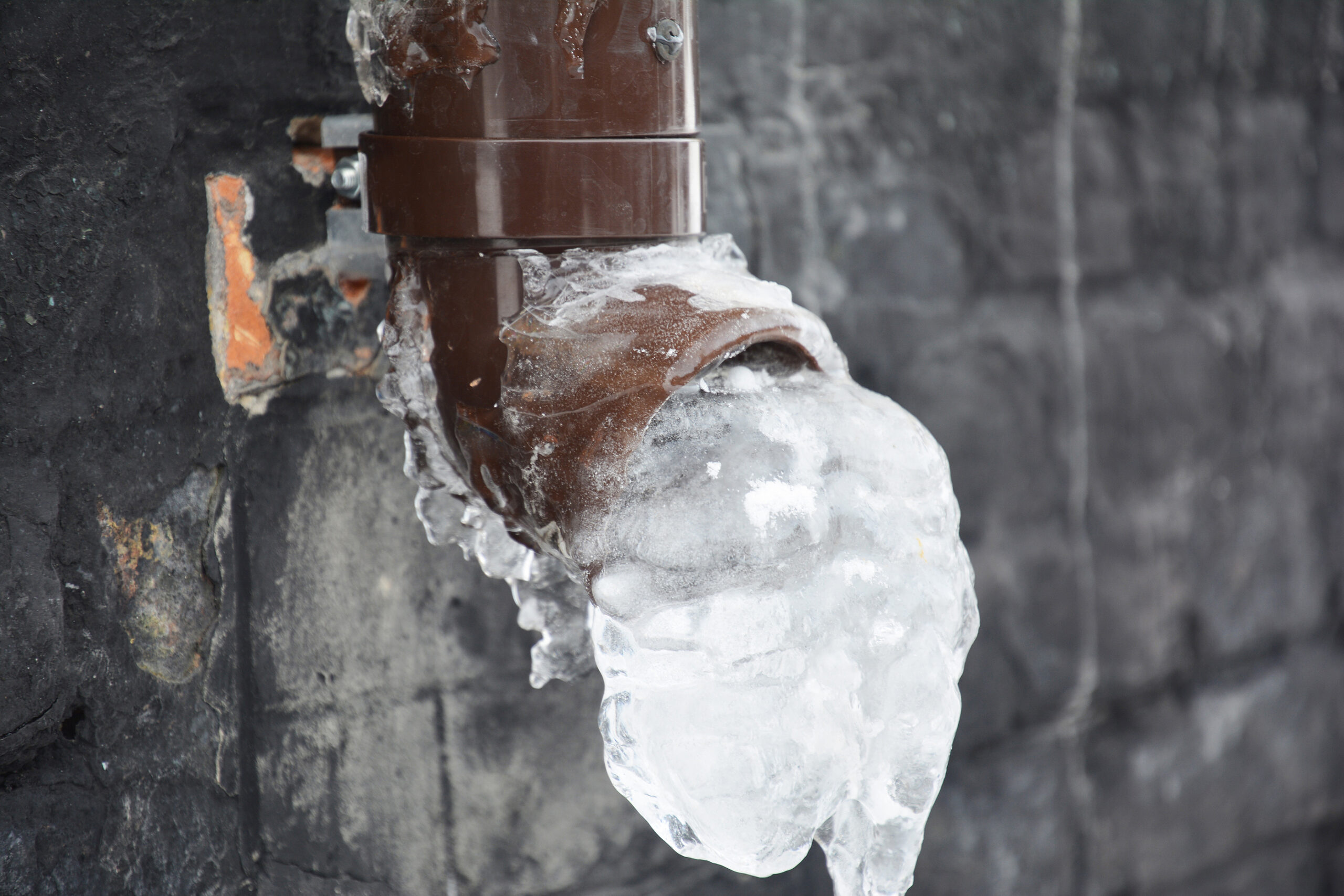Tips for Preventing Frozen Plumbing in Winter: Expert Insights
Tips for Preventing Frozen Plumbing in Winter: Expert Insights
Blog Article
We have stumbled on the article pertaining to How to Prevent Your Pipes From Freezing down the page on the internet and believe it made sense to write about it with you on this site.

Cold weather can damage your plumbing, specifically by freezing pipelines. Here's exactly how to prevent it from taking place and what to do if it does.
Introduction
As temperature levels drop, the risk of frozen pipes rises, potentially bring about costly repair services and water damages. Recognizing exactly how to stop frozen pipes is critical for property owners in cold climates.
Avoidance Tips
Insulating susceptible pipes
Cover pipelines in insulation sleeves or utilize warm tape to secure them from freezing temperatures. Focus on pipes in unheated or external areas of the home.
Heating strategies
Maintain interior spaces adequately heated, specifically areas with pipes. Open closet doors to enable cozy air to distribute around pipes under sinks.
How to identify frozen pipelines
Seek lowered water circulation from taps, uncommon odors or sounds from pipelines, and noticeable frost on revealed pipelines.
Long-Term Solutions
Structural adjustments
Consider rerouting pipelines far from exterior walls or unheated locations. Include added insulation to attic rooms, cellars, and crawl spaces.
Upgrading insulation
Invest in premium insulation for pipes, attics, and wall surfaces. Appropriate insulation helps keep regular temperatures and reduces the threat of frozen pipes.
Shielding Outside Plumbing
Garden pipes and outdoor taps
Detach and drain pipes garden tubes before winter months. Set up frost-proof faucets or cover outside faucets with shielded caps.
Understanding Frozen Pipelines
What causes pipelines to ice up?
Pipes freeze when revealed to temperatures below 32 ° F (0 ° C) for prolonged periods. As water inside the pipelines freezes, it increases, taxing the pipe wall surfaces and potentially creating them to burst.
Threats and damages
Icy pipelines can result in water supply interruptions, building damage, and pricey repairs. Burst pipelines can flooding homes and trigger extensive architectural damage.
Signs of Frozen Piping
Identifying frozen pipelines early can prevent them from rupturing.
What to Do If Your Pipes Freeze
Immediate activities to take
If you presume icy pipelines, keep faucets open to soothe pressure as the ice thaws. Utilize a hairdryer or towels soaked in warm water to thaw pipes gradually.
Conclusion
Protecting against frozen pipelines calls for proactive steps and fast feedbacks. By recognizing the causes, indications, and preventive measures, property owners can shield their pipes throughout cold weather.
5 Ways to Prevent Frozen Pipes
Drain Outdoor Faucets and Disconnect Hoses
First, close the shut-off valve that controls the flow of water in the pipe to your outdoor faucet. Then, head outside to disconnect and drain your hose and open the outdoor faucet to allow the water to completely drain out of the line. Turn off the faucet when done. Finally, head back to the shut-off valve and drain the remaining water inside the pipe into a bucket or container. Additionally, if you have a home irrigation system, you should consider hiring an expert to clear the system of water each year.
Insulate Pipes
One of the best and most cost-effective methods for preventing frozen water pipes is to wrap your pipes with insulation. This is especially important for areas in your home that aren’t exposed to heat, such as an attic. We suggest using foam sleeves, which can typically be found at your local hardware store.
Keep Heat Running at 65
Your pipes are located inside your walls, and the temperature there is much colder than the rest of the house. To prevent your pipes from freezing, The Insurance Information Institute suggests that you keep your home heated to at least 65 degrees, even when traveling. You may want to invest in smart devices that can keep an eye on the temperature in your home while you’re away.
Leave Water Dripping
Moving water — even a small trickle — can prevent ice from forming inside your pipes. When freezing temps are imminent, start a drip of water from all faucets that serve exposed pipes. Leaving a few faucets running will also help relieve pressure inside the pipes and help prevent a rupture if the water inside freezes.
Open Cupboard Doors
Warm your kitchen and bathroom pipes by opening cupboards and vanities. You should also leave your interior doors ajar to help warm air circulate evenly throughout your home.

I hope you liked our topic about Preventing and dealing with frozen pipes. Thanks a lot for finding the time to read through our blog. Be sure to take the time to distribute this page if you appreciated it. I cherish your readership.
Prices & Booking Report this page